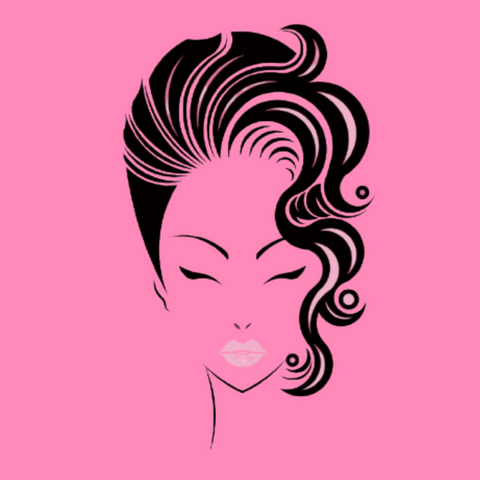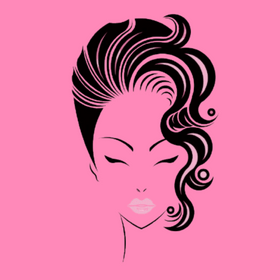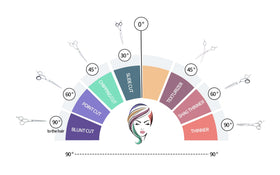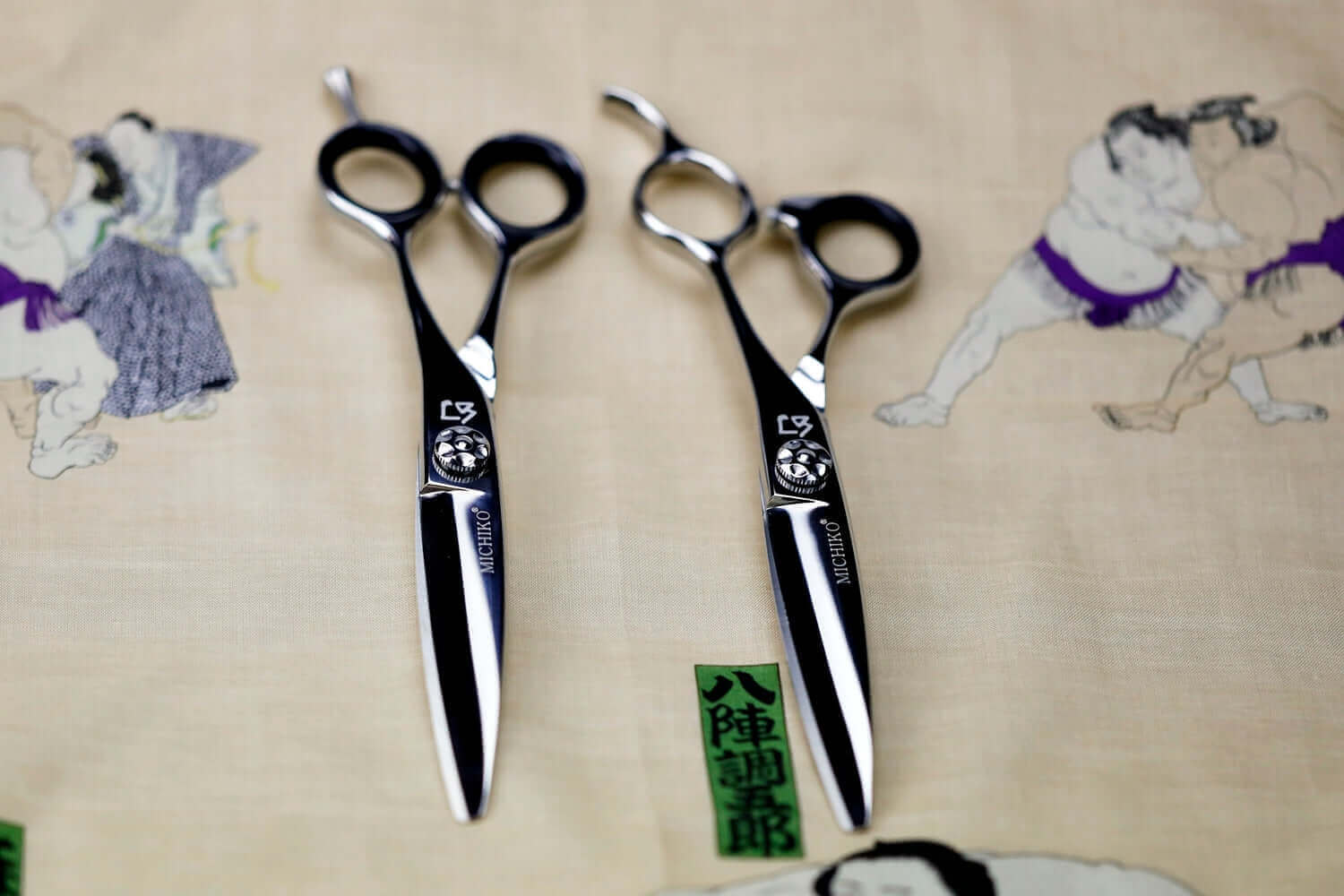The Price-to-Profit Playbook: How to Charge Your Worth for Complex Services
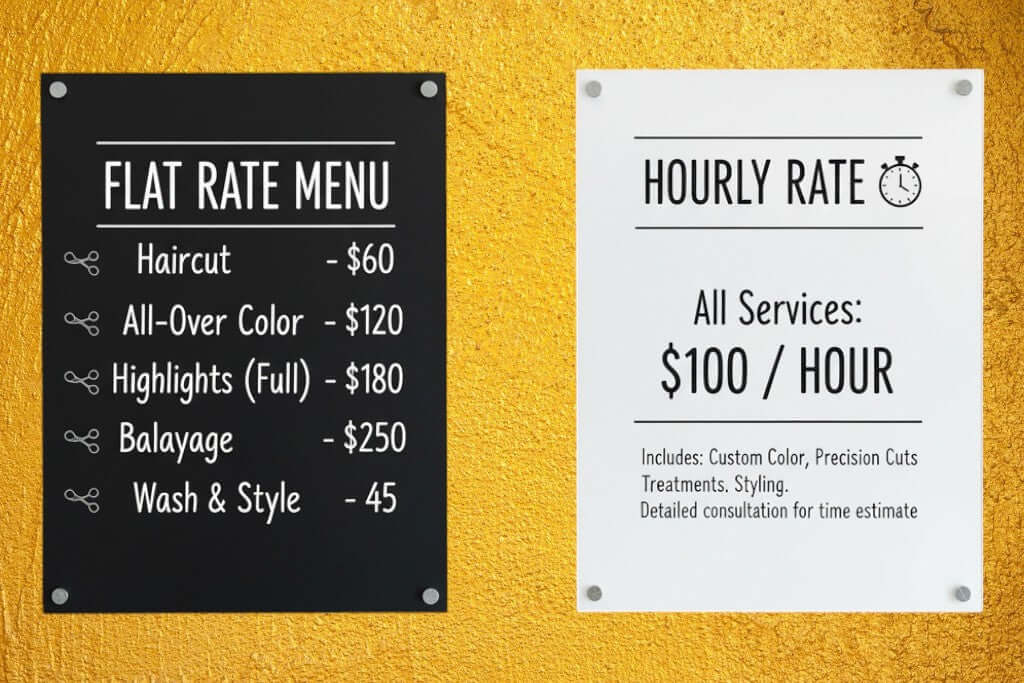
Many seasoned stylists undercharge for one simple reason: they stick to a flat-rate menu designed for basic cuts and single-process color. However, a custom balayage, color correction, or multi-hour extension service is not a commodity. It’s custom art. It’s time to shift your pricing model to reflect the actual cost of your skills and products.
The Trap of Flat-Rate Pricing
Flat-rate pricing is simple for the client, but for you, it often leads to what's known as "time bleed."
-
The Problem: A menu price of "$150 Balayage" doesn't account for whether the client has fine, shoulder-length hair or thick, waist-length hair that requires three times the product and an extra hour of processing. Thus, you end up giving away your most expensive resources—your time and product—for free.
-
The Solution: Use the flat-rate model for basic, predictable services (like men's cuts or blowouts) and transition your complex, time-consuming work to a model that values your time.
The Power of Hourly & Inclusive Pricing
The top earners in the industry utilize one of two high-value pricing strategies:
1. The Hourly Rate Model
This is the most transparent and fair model for custom services like vivid color, color correction, or major hair transformations.
-
How it Works: You quote the client a rate per hour for the service. A comprehensive consultation is essential to estimate the required time (e.g., "This correction will take an estimated 4-6 hours at $100/hour").
-
The Advantage: It eliminates the fear of unexpected costs. If the hair lifts faster, the client pays less; if the hair requires an extra step, you are compensated fairly. It ensures every minute of your time—including mixing, processing, and application—is valued.
2. The Inclusive Package Model (Value Bundling)
This model focuses on client perception of value and is excellent for up-selling add-ons that protect the integrity of the hair.
-
How it Works: Instead of a separate price for "color" + "toner" + "bond builder" + "blowout," you offer a single price for a "Luxury Color Experience" that includes all necessary products and services.
-
The Advantage: The client sees a high-value experience, not a long list of add-ons. It ensures protective treatments (like bond builders) are always used, improving your work's integrity and guaranteeing a better result.
The Forgotten Financial Factor: Product Cost
You must stop treating backbar product as an unlimited resource. Every foil, scoop of lightener, and bowl of color is a hard cost that directly impacts your profit margin.
-
Calculate Your Usage: Track the average amount of lightener (in scoops/grams) or color (in ounces/grams) you use for a typical "heavy" service.
-
Set a Product Buffer: Build a base product fee into your hourly or inclusive rate. For example, if your base color + lightener costs are $15, your service price should reflect this before you factor in your time.
-
The Over-Usage Charge: Clearly communicate that a small "Additional Product Charge" will be added for extremely thick or long hair. This is non-negotiable for profitability.
Final Word: Own Your Value
Charging your worth is not about being greedy; it's about building a sustainable career. When you confidently state your pricing structure, you signal expertise and professionalism. Review your rates annually, be transparent with your clients, and stop apologizing for the value you deliver. The confidence you have in your price should match the quality of your craft.
